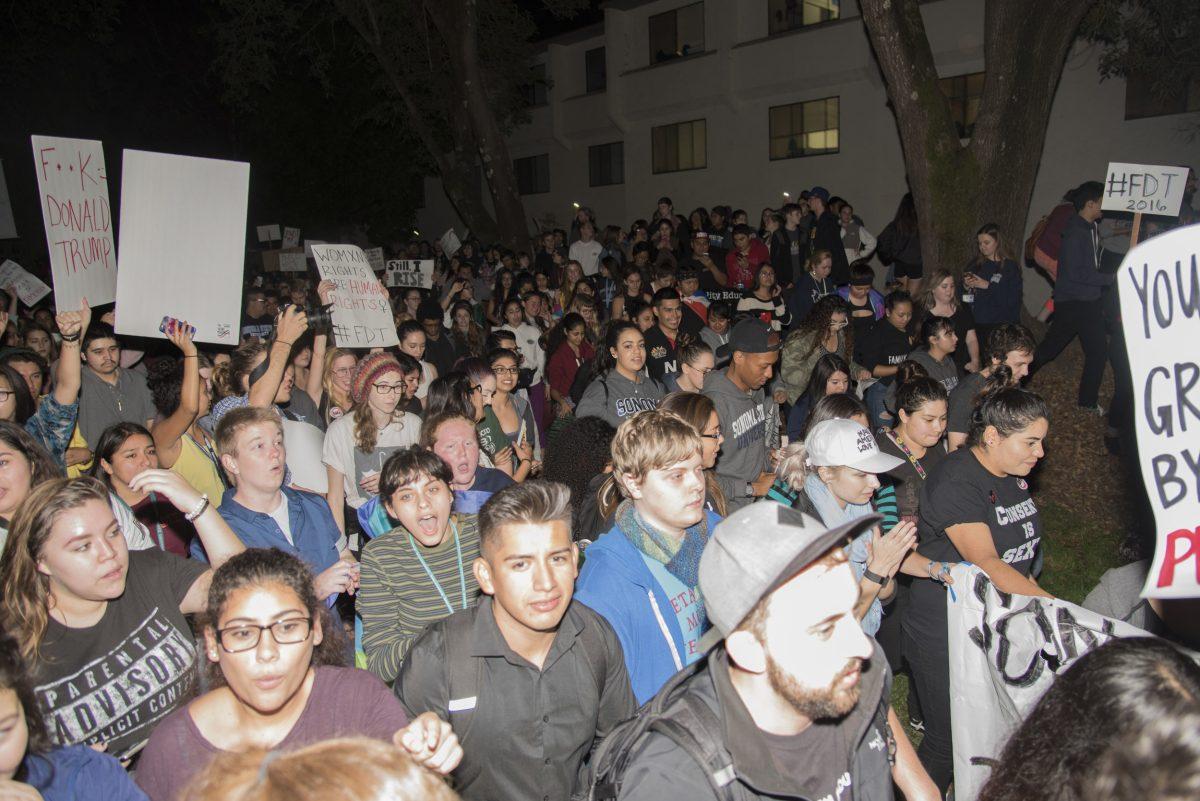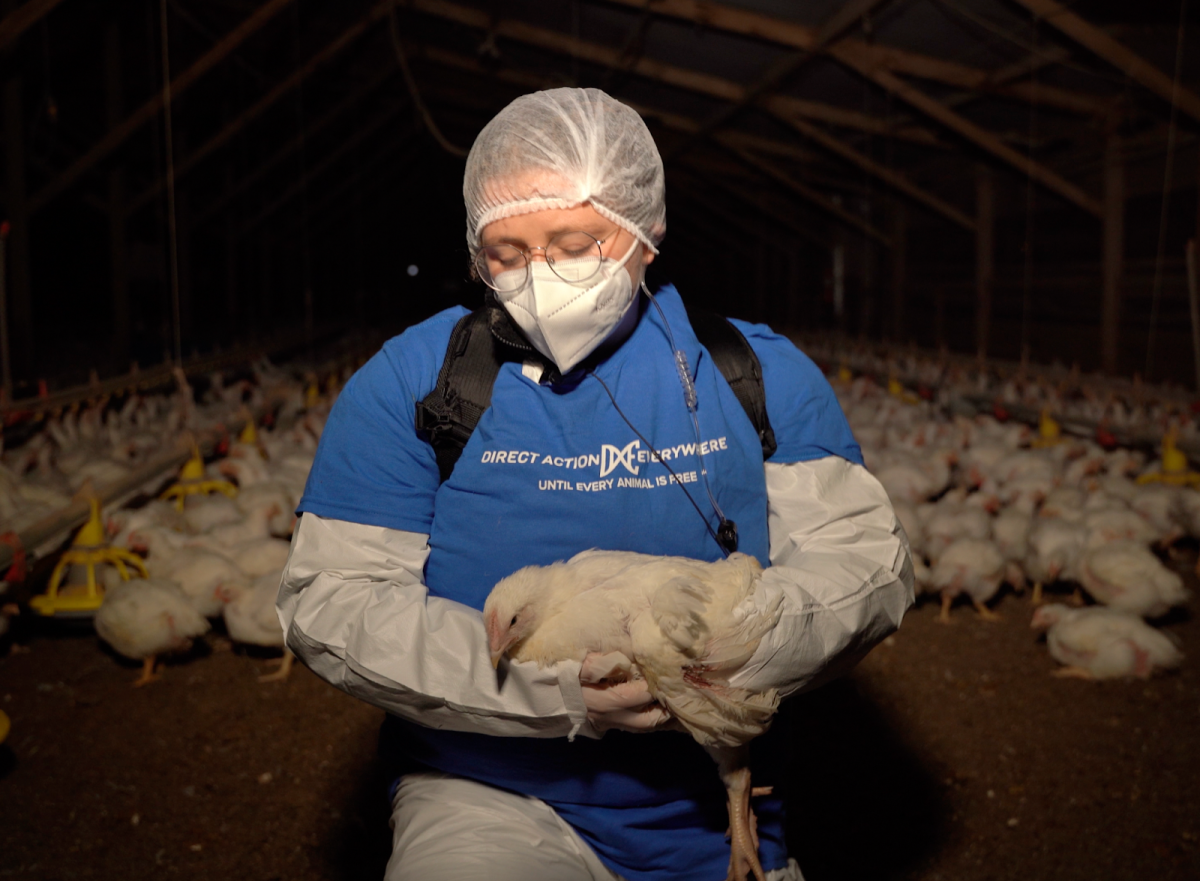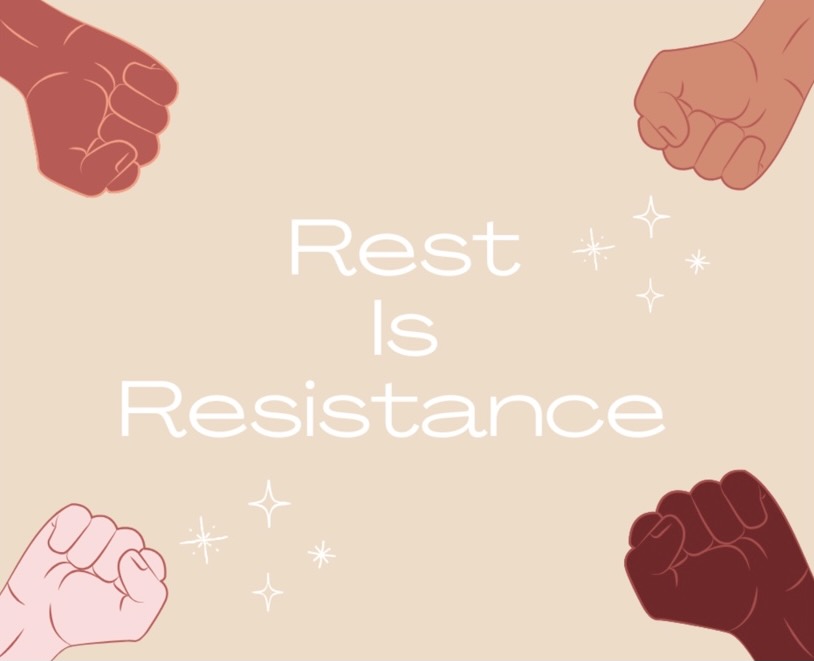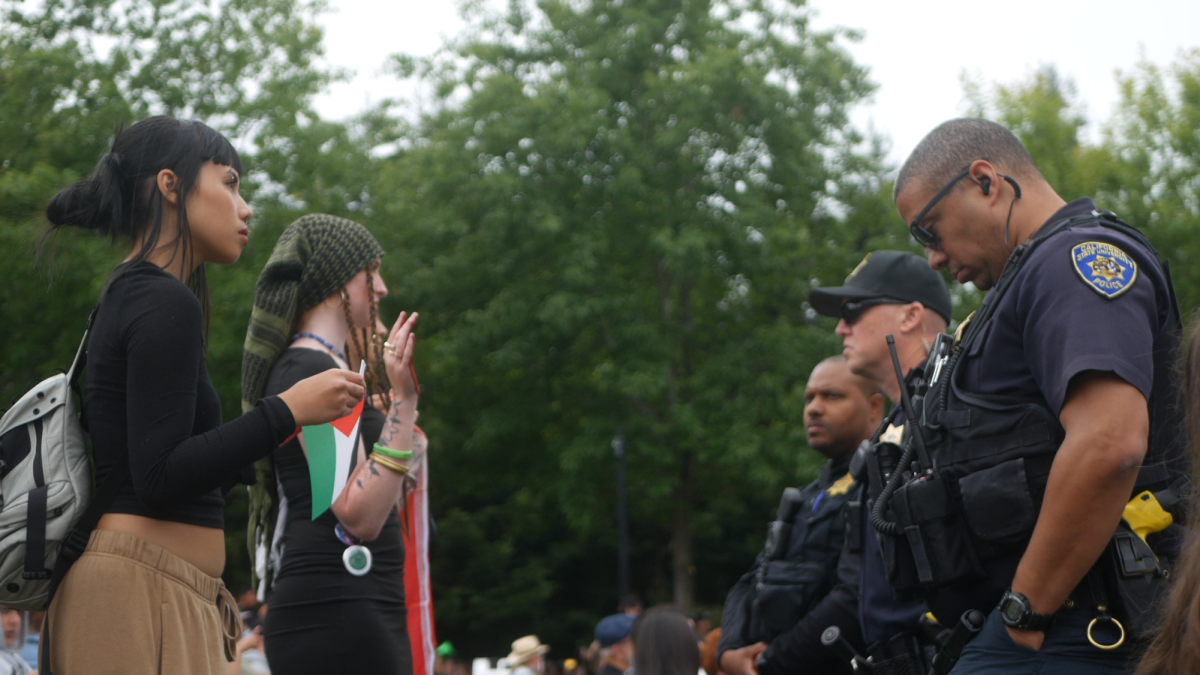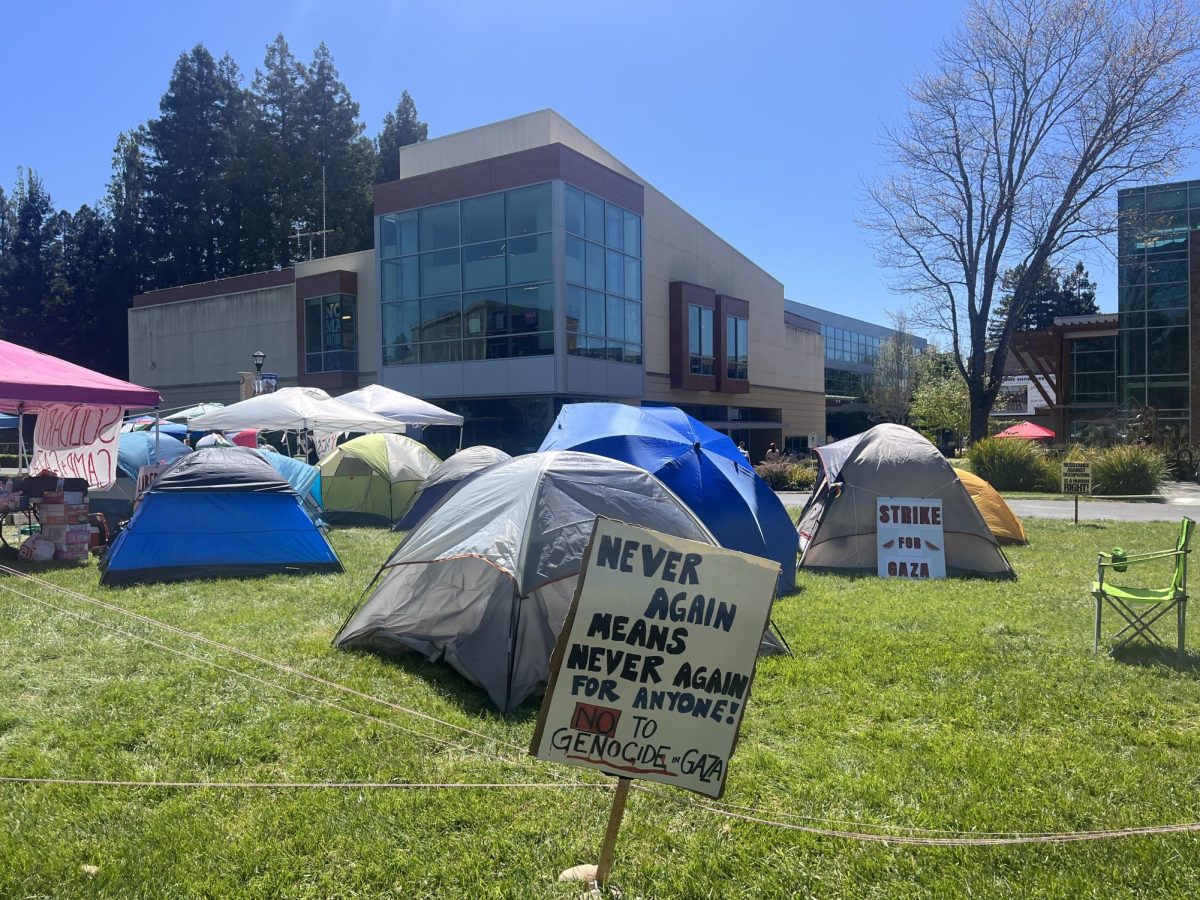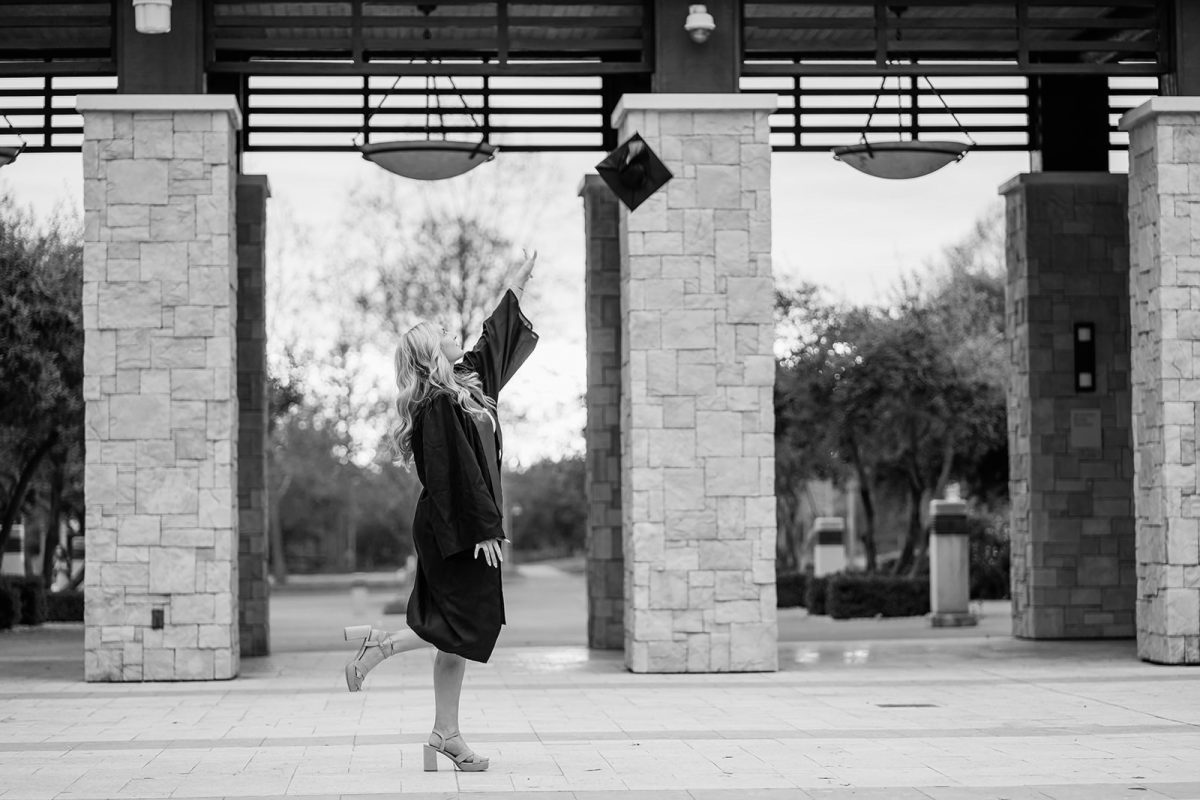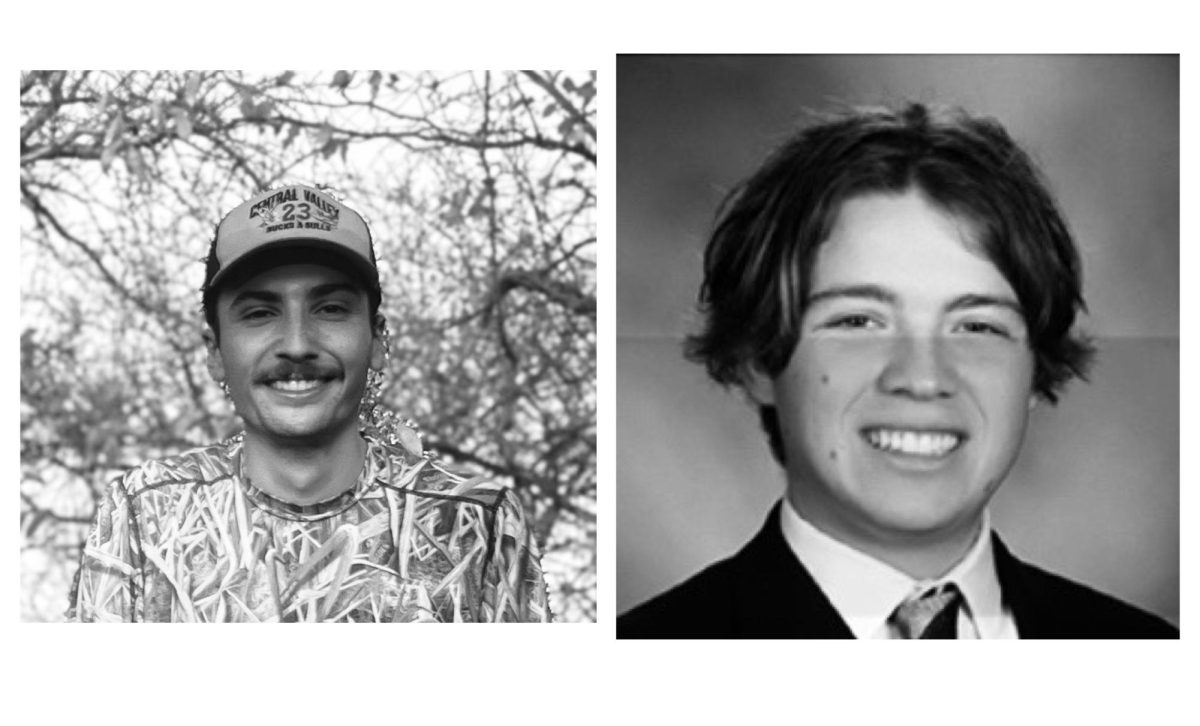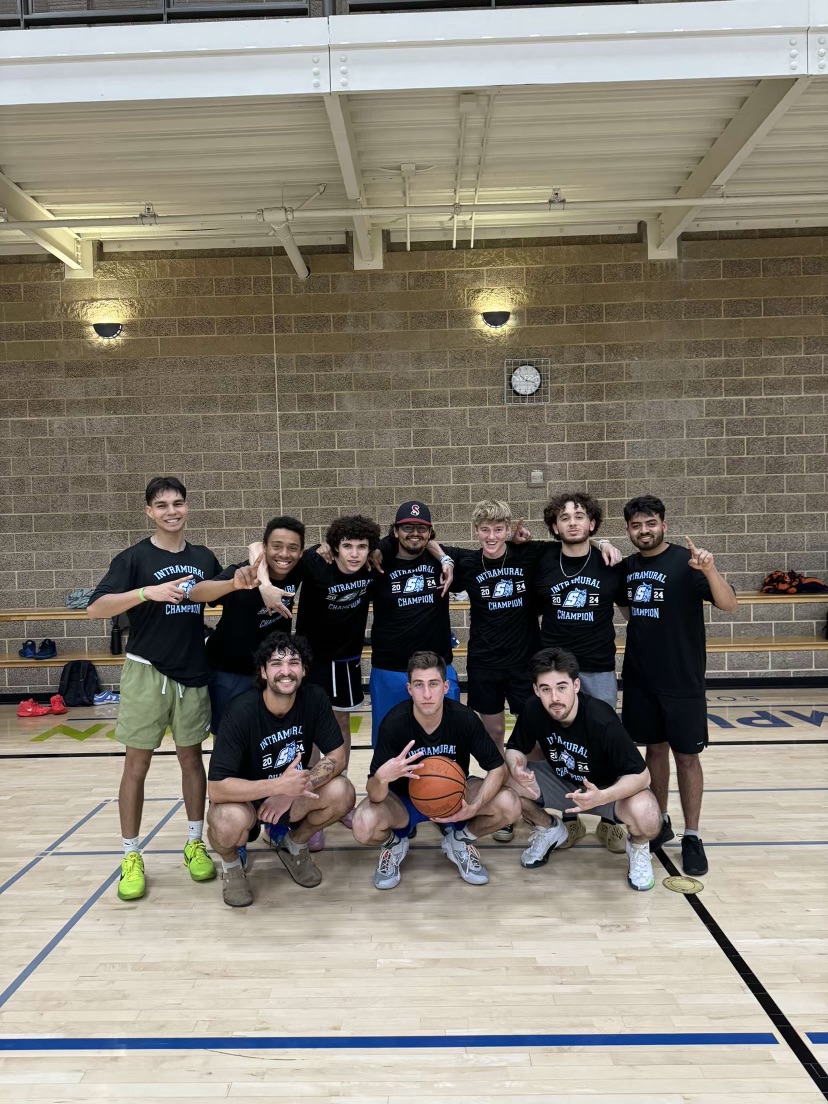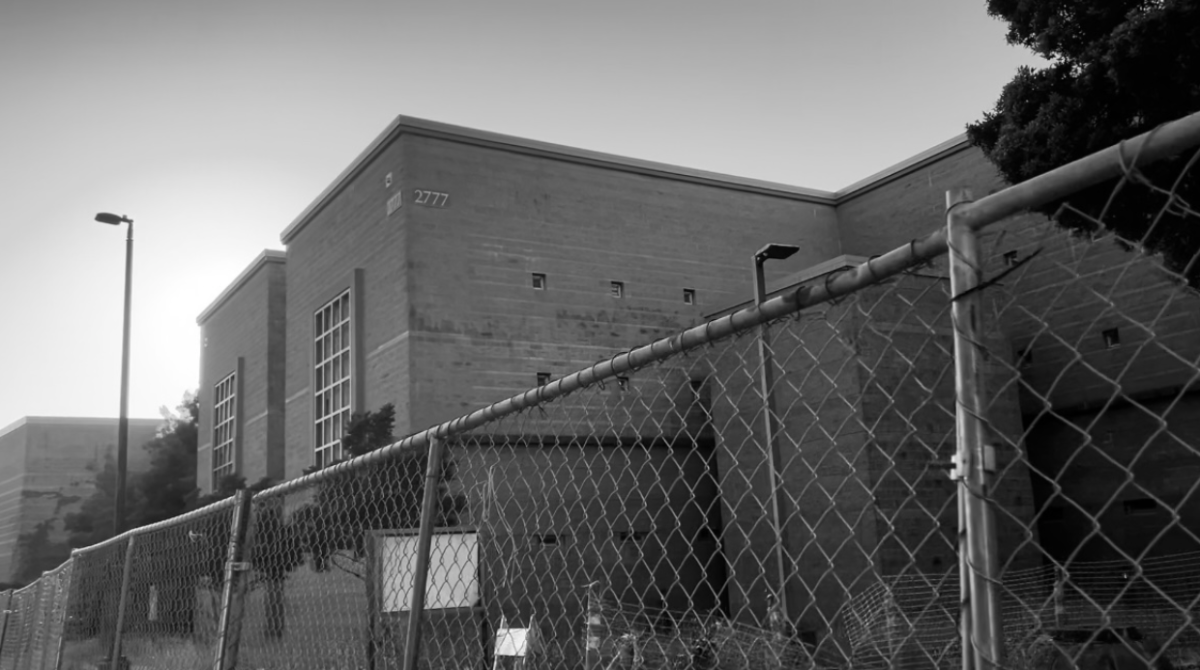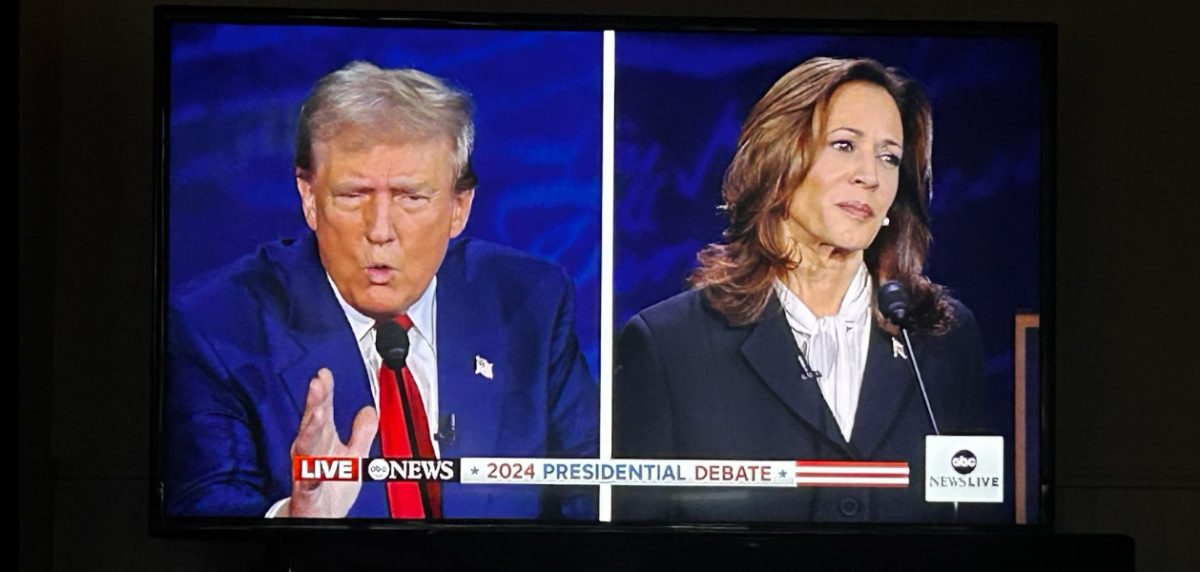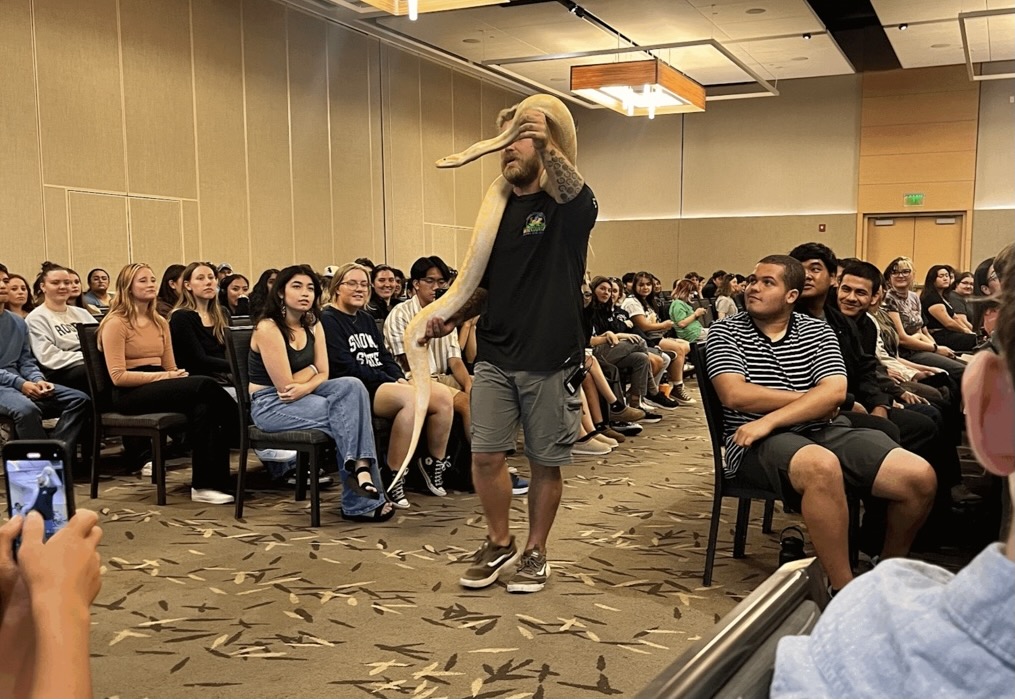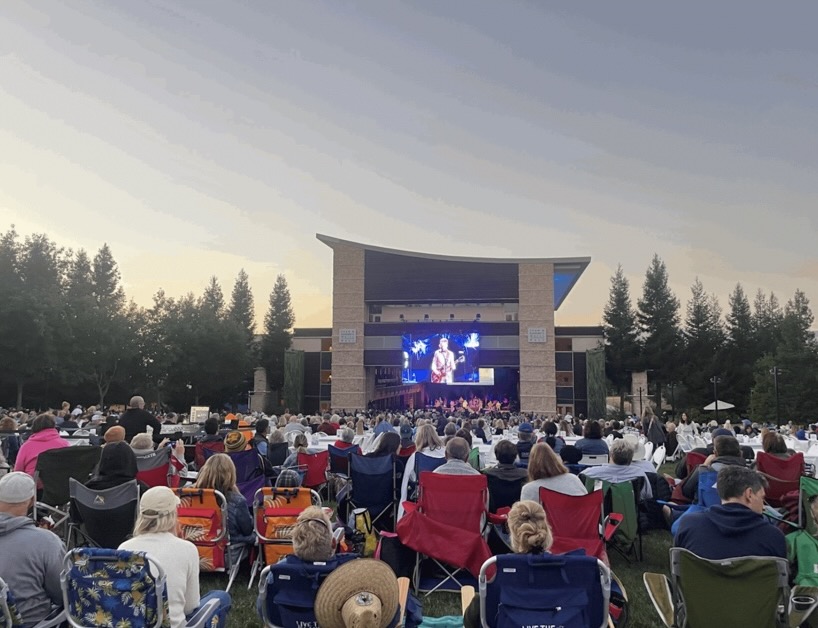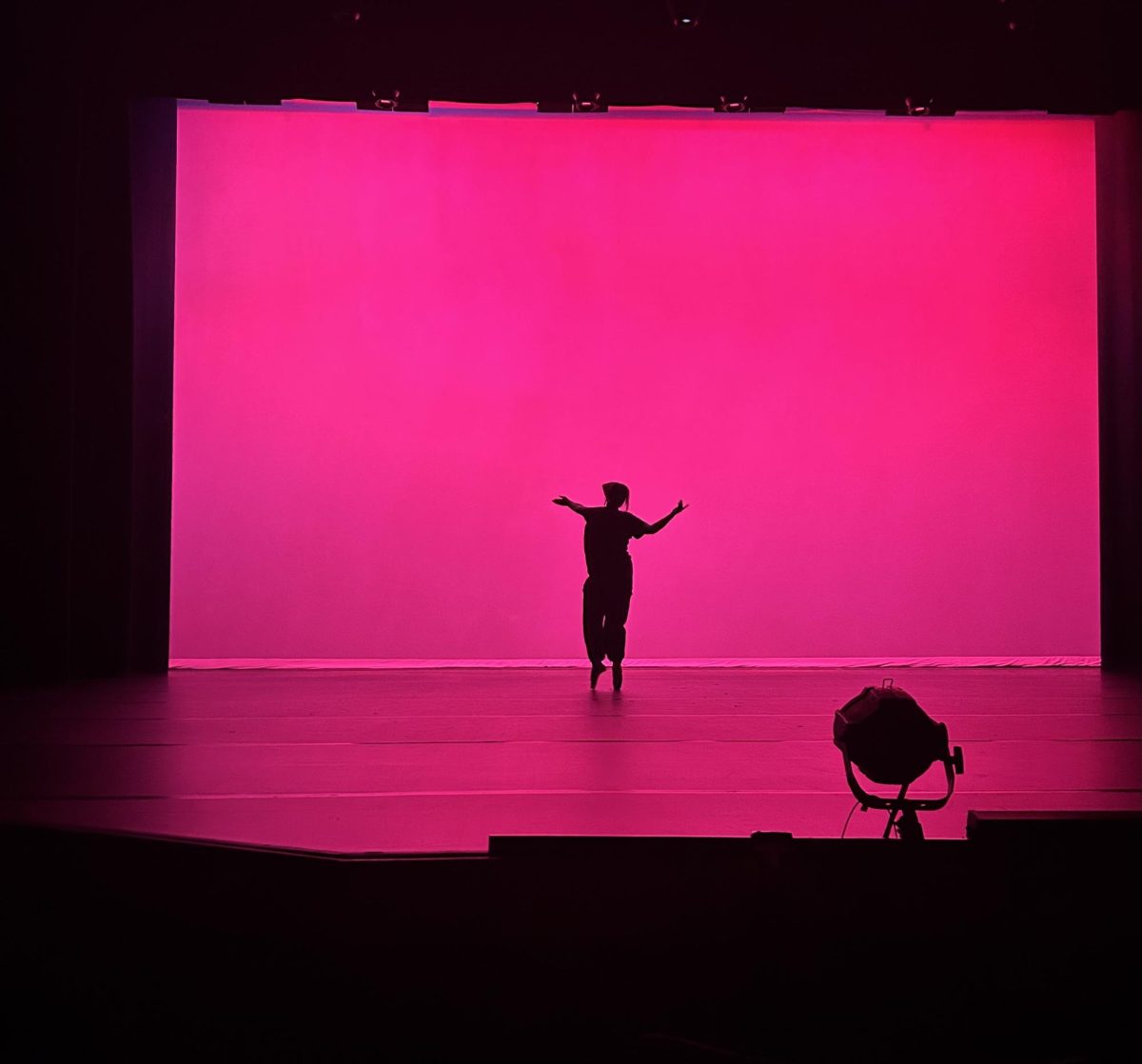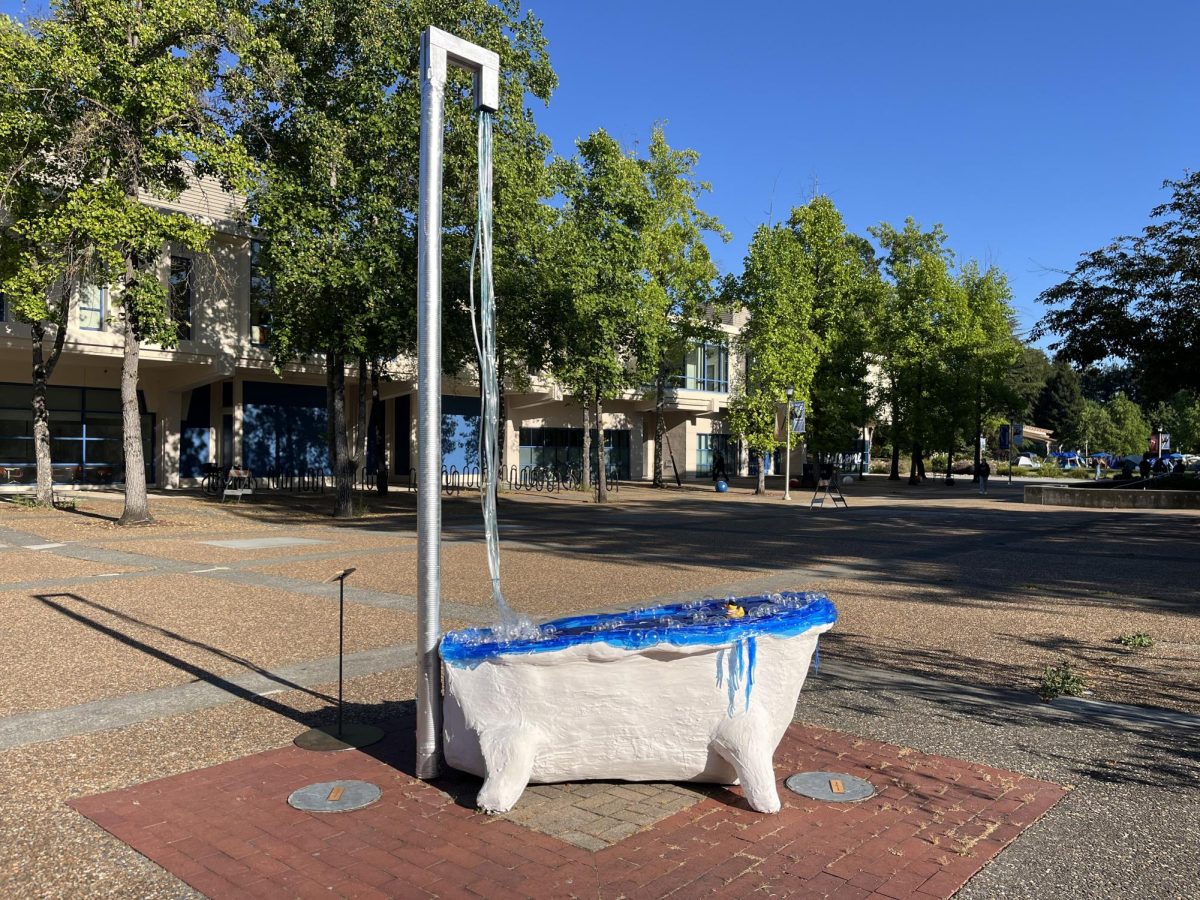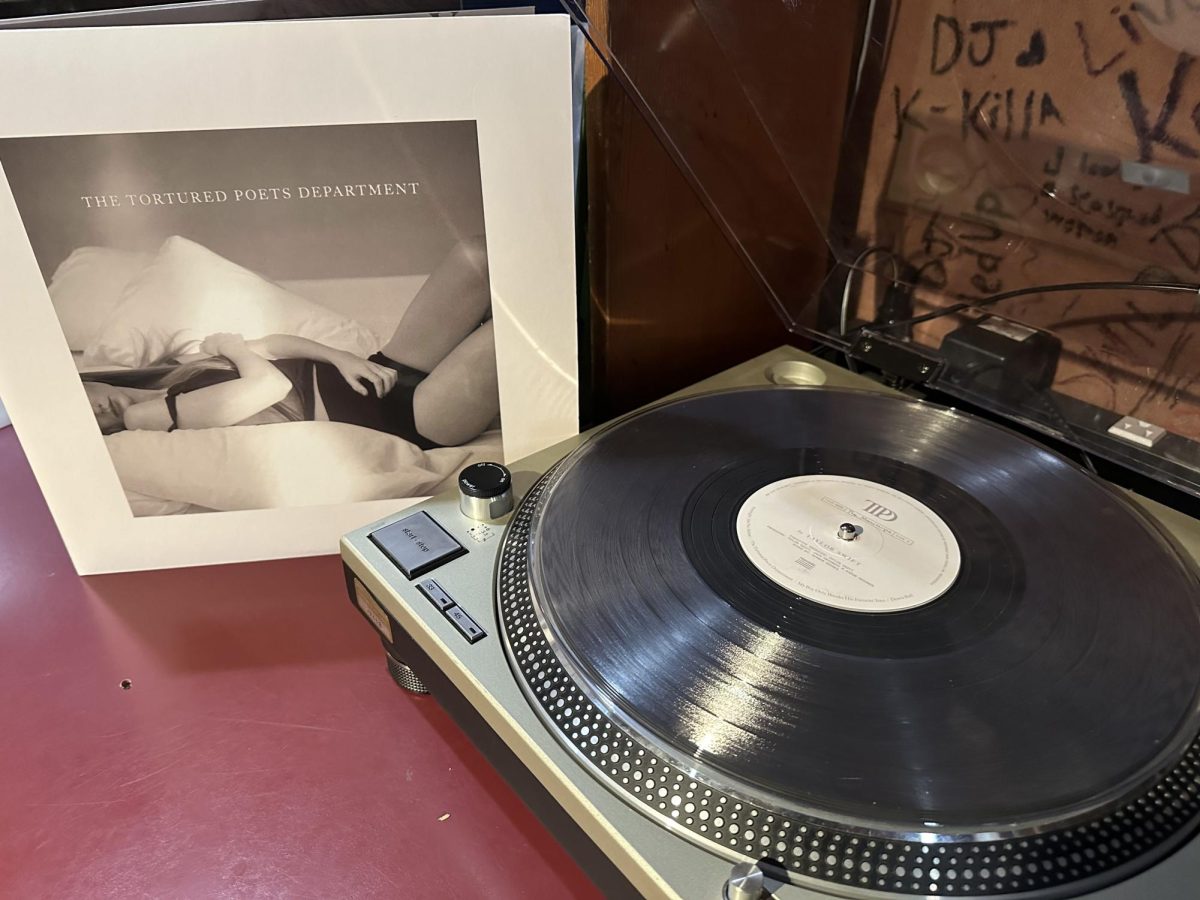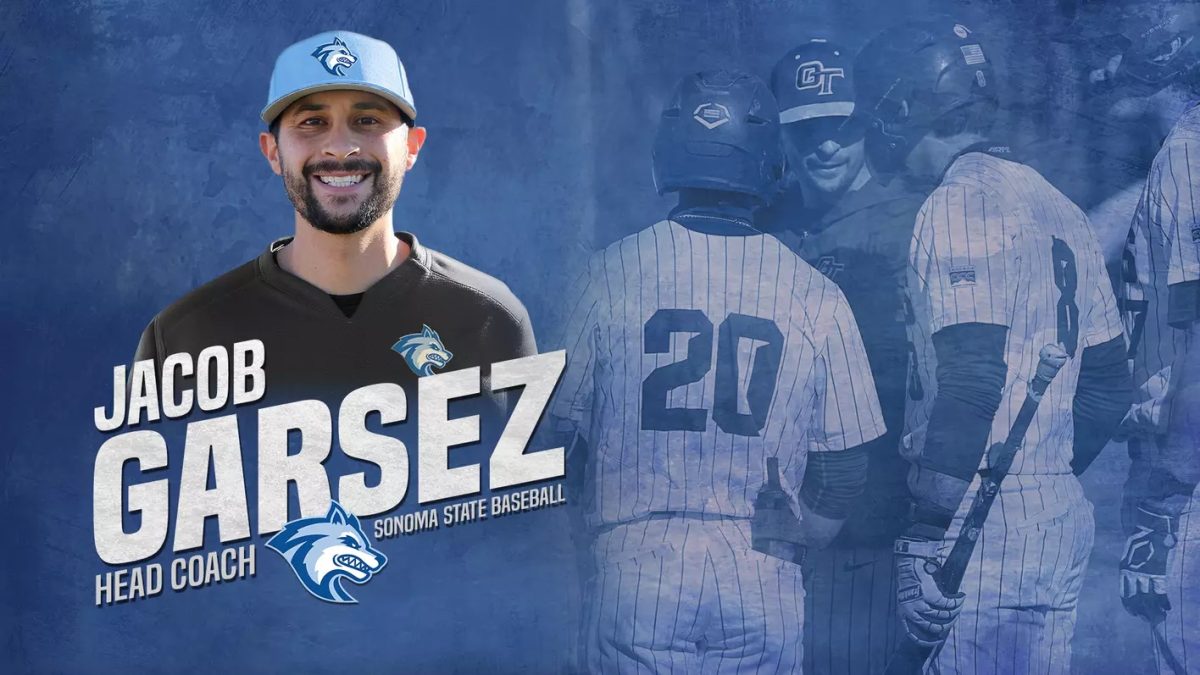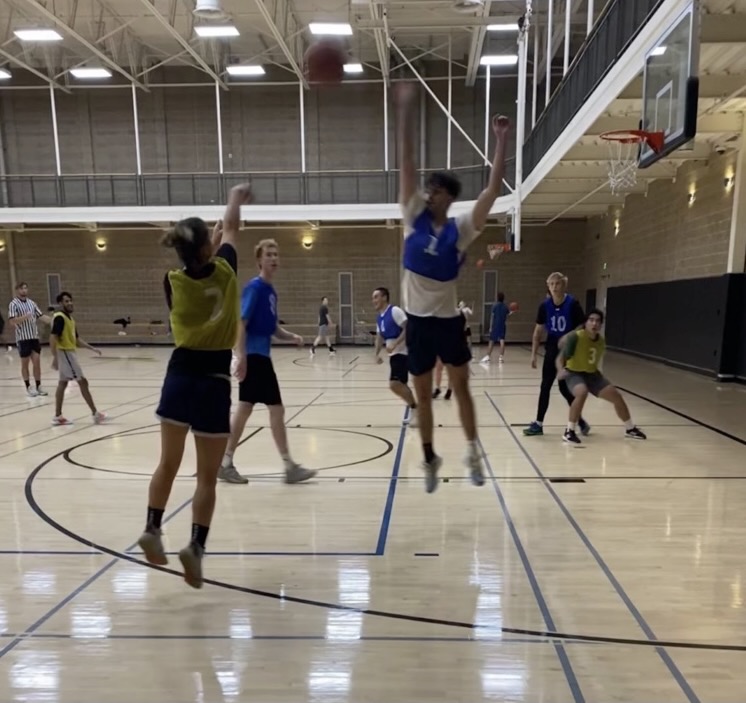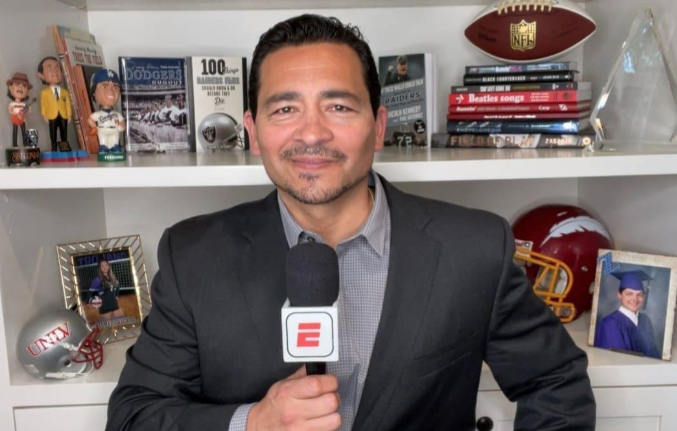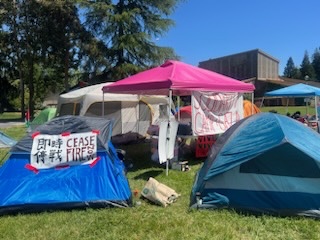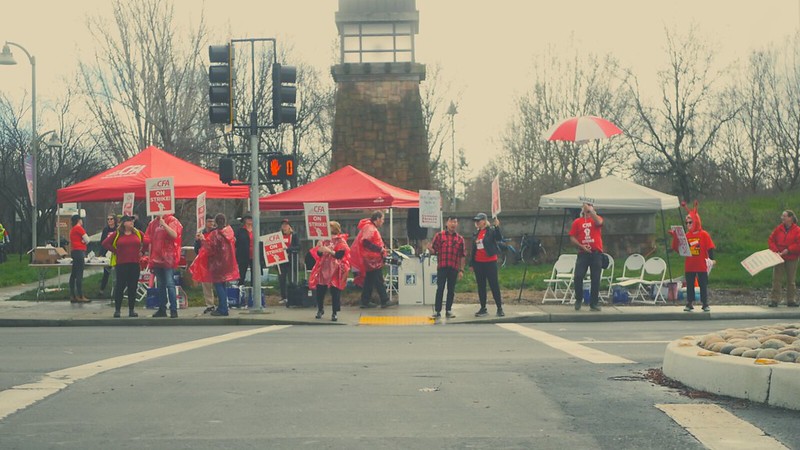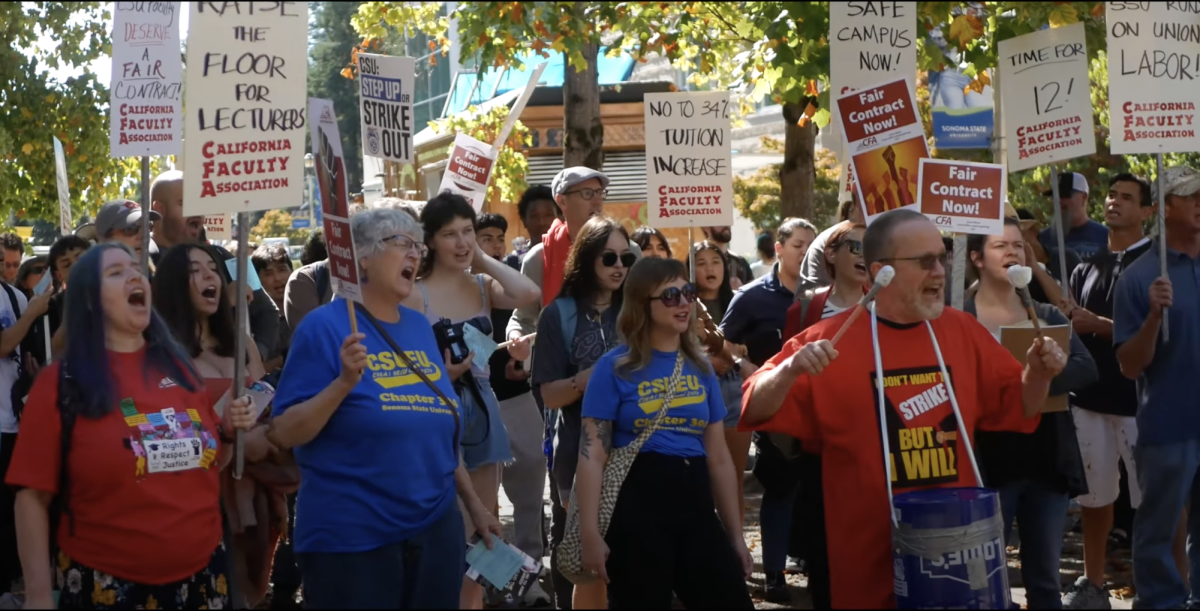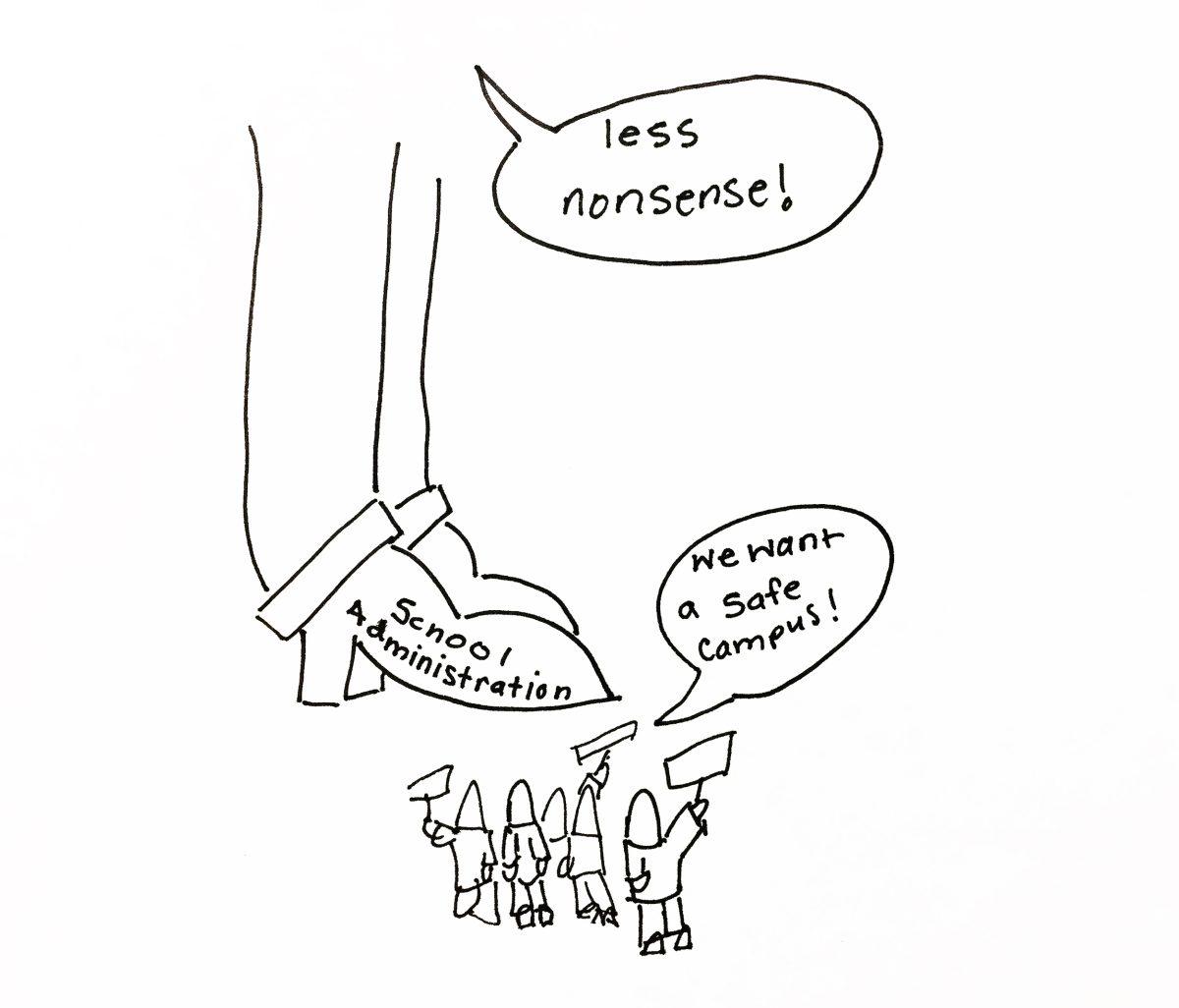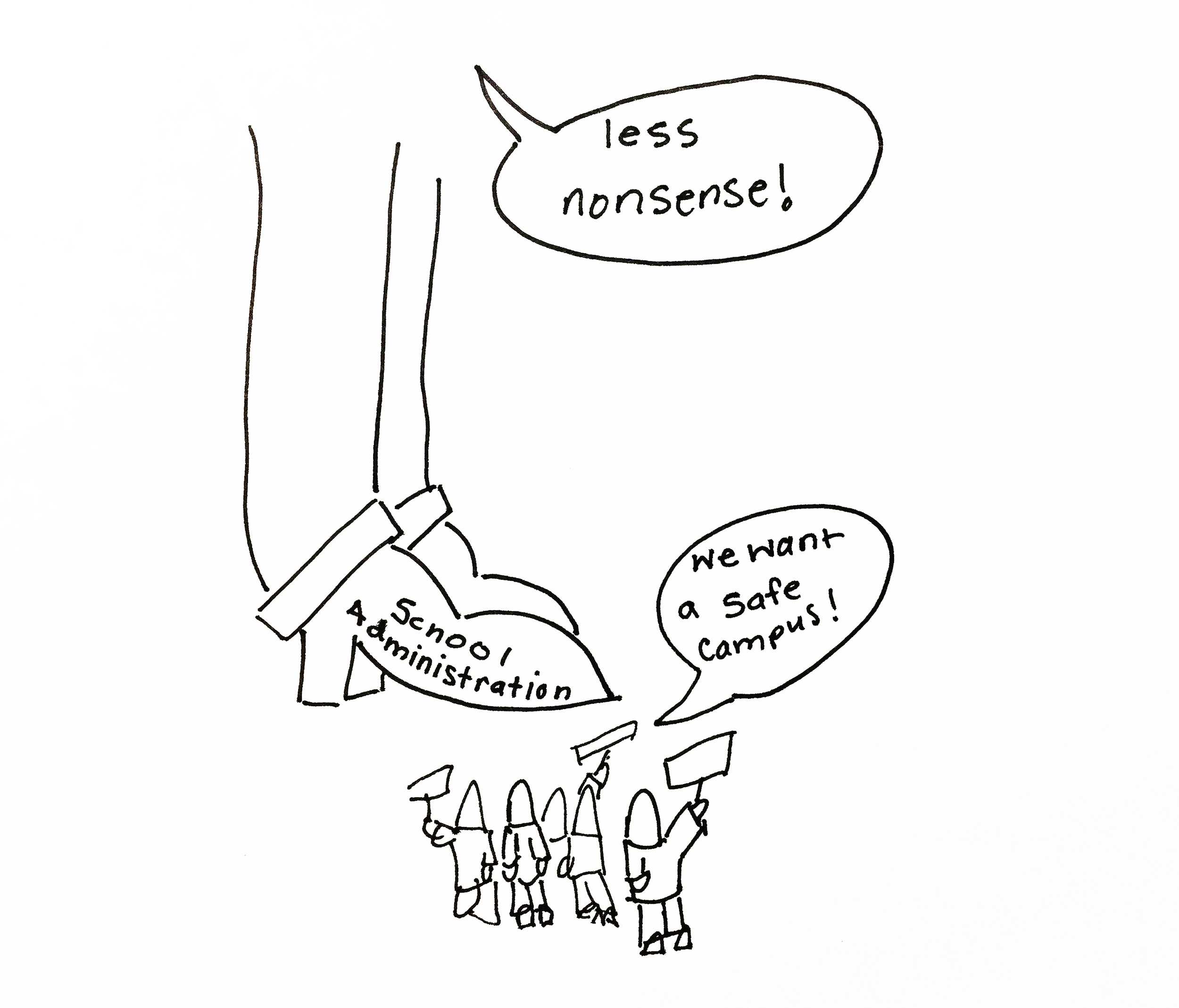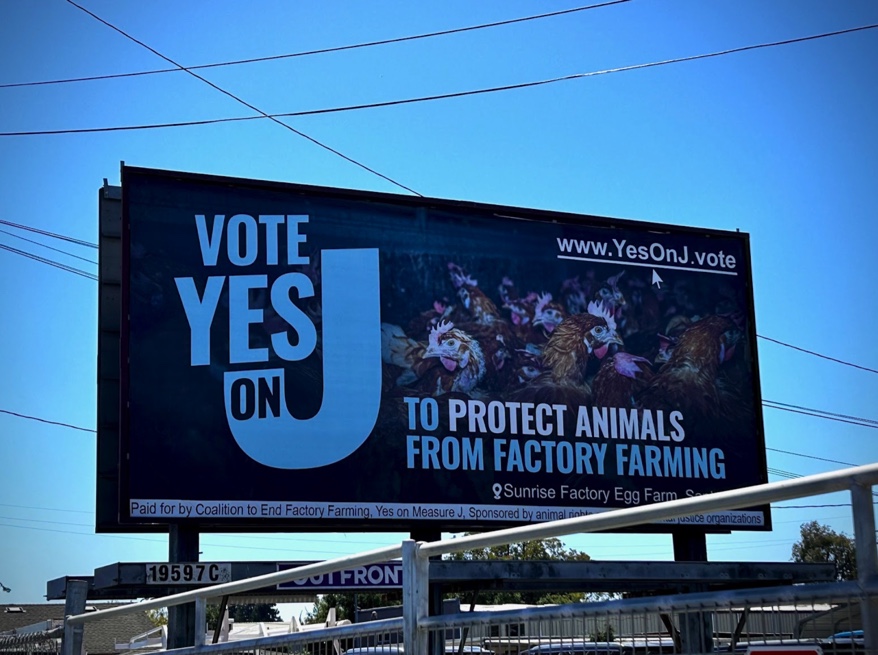COURTESY // Gustavo Vasquez
This generation of college students has arguably created the most controversy since the young civil rights protestors of the 1960s.
While the majority of these modern activists understand that sometimes one must yell to be heard, skeptics argue the quickly changing standards of political correctness are a result of mere temper-tantrums of 20-somethings.
The president of Oklahoma Wesleyan University took to his school’s blog to share his sentiments on current university life. His post, titled “This is Not a Day Care. It’s a University!”, offers an anecdote of a student who approached him after a University chapel service.
According to the blog post, the student felt victimized during the sermon and expressed that the speaker made him feel badfor “not showing love.”
The president, Dr. Everett Piper, commented that college students nowadays often like to play the victim. “Our culture has actually taught our kids to be this self-absorbed and narcissistic,” he wrote.
What Dr. Piper has failed to understand is when a student expresses discomfort, they shouldn’t be answered with disgust, but rather support.
While the student’s complaint might have been trivial, isn’t it a duty of a university president to care for the needs of their student body? Maybe it’s the way young scholars communicate their grievances that leave some folks confused and angry.
Students around the country have been speaking out on issues that have otherwise been ignored and have demanded safer campus climates. They’ve done so by holding protests and rallies and writing letters to their university presidents and their Congress.
Recently, a controversial video of a student demonstration at the University of Missouri became viral.
The school has had a tough year, facing racial issues and workplace inequality, and their campus “Concerned Student” movement has made strides in creating ultimatums for their university.
The video shows protesters who formed a wall around a fasting student camped on school grounds.
A student-journalist was continuously denied access inside of the circle to take a photo of the hunger-striking student. Despite attempting to explain that the first amendment right allowing the protesters to demonstrate was the same one that allows him to shoot photos, the journalist was repeatedly heckled.
Even when the person recording the video found himself inside the circle, a communications professor ordered him to leave. It seems even some faculty can forget basic constitutional rights when caught in the excitement of demonstrating.
This ‘mob mentality’ that some activists take on is what fuels the critics of modern social justice movements.
However, those university officials and others who are annoyed by the stricter political correctness policies of young adults are missing the larger point.
They’re not becoming more sensitive themselves, they’re just becoming sensitive to everyone else’s requests. It’s important we solve this miscommunication crisis and begin to handle the needs of those who feel mistreated.


